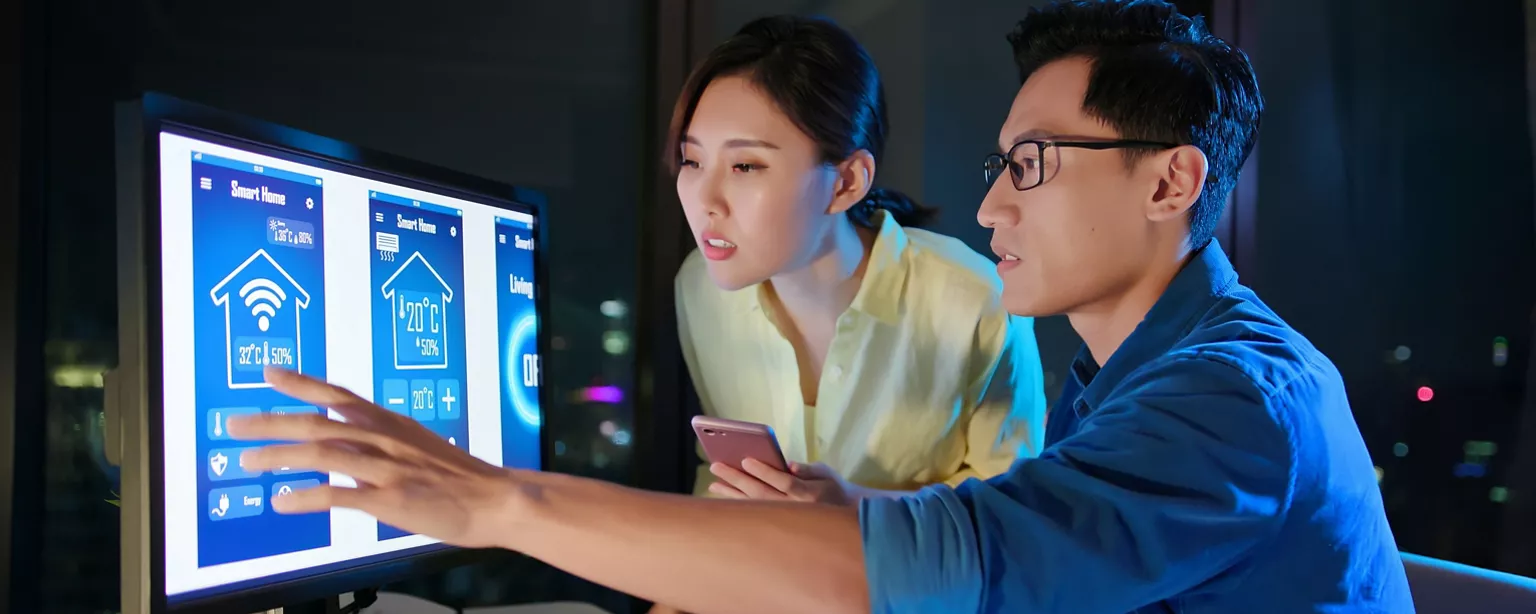User experience (UX) designers are among the most in-demand professionals in the creative industry right now. As businesses update their websites, mobile apps and more for fresh ways to interact with customers, people who can help conceive and build intuitive and engaging digital experiences are needed across the country.
For those in or interested in this career, here’s the scoop on the typical UX designer job description, the education and skills requirements, and a way to discover starting UX designer salaries for the role in your city.
UX designer basics
What is UX design, and what does a UX designer do? In a nutshell, UX design is the process of determining the architecture and wireframes that help users navigate a website or product, and the UX designer is responsible for how a digital interface feels — be it website navigation, ordering products online or a digital product in itself. The designer leverages their understanding of users’ emotional and functional needs to create an enjoyable experience that users want to return to time and time again.
UX designers are needed to help build traditional desktop websites, responsive mobile sites and native apps. And growth in new technology such as augmented reality (AR) and virtual reality (VR) has created another frontier for these sought-after professionals.
What are some of the day-to-day responsibilities of a UX designer, and what kind of salary can you expect in the role?
UX designer salaries
The high demand for talent often gives job candidates the advantage when negotiating pay for a UX designer position. The latest Robert Half Salary Guide provides the national midpoint starting salary for UX designers who are just stepping into the role and those with at least a moderate amount of experience.
Use the Robert Half Salary Calculator to localize the user experience (UX) designer salary projections in your city or region.
Duties and expectations
The UX designer creates satisfying and compelling experiences for users of a product, often drawing on results from user research and workflow analysis. Generally, UX designers need to possess strong creative, technical and problem-solving skills. The job description will vary depending on the particular areas of focus for a given role, and UX designer areas of focus may include content, controls, visual design and development, information architecture, user research, branding, and customer/technical support.
Responsibilities often include:
- Consulting with clients to understand their goals
- Explaining user research results to internal and external stakeholders
- Developing personas and usage scenarios
- Conducting usability testing
- Creating wireframes, storyboards, sitemaps and screen flows
- Creating product prototypes
- Analyzing user feedback and activity, and iterating to enhance the user experience
- Assisting with content development
- Conducting competitor and customer analysis
UX designers must have a solid understanding of graphic design and web technologies, and of wireframing tools such as Figma, UXPin or Adobe XD. A good grasp of design programs and tools such as Photoshop, Illustrator and Canva is also necessary. UX designers don’t always need to code, but it can help to understand the basics of languages like HTML, CSS and JavaScript.
UX designers must also have the ability to quickly adapt to new technologies and a drive to keep their skills and industry knowledge current. They frequently work with user interface (UI) designers, web developers and graphic designers.
Search and apply for our open user experience (UX) designer jobs.
Professional experience and skills
UX designers are expected to be self-directed but also collaborative. They must possess superb communication, time-management and process-management skills. Keen problem-solving and organizational abilities are necessary, among other soft skills. Creativity and attention to detail are also keys to success in this position. Always emphasize the aforementioned strengths when interviewing for UX designer roles.
UX designers don’t require a bachelor’s degree in visual design. Many enter the field after studying communications, marketing, technology, computer science or even psychology. Employers may ask to see a portfolio of your previous design projects, so it’s a good idea to work on projects that allow you to show off your skills, even if they’re personal or other unpaid undertakings.







